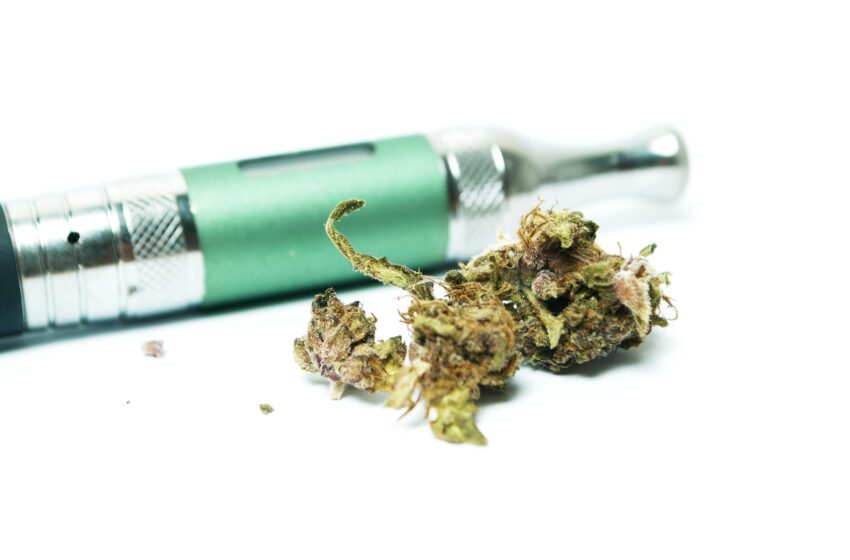Three weeks after the American Heart Association’s journal retracted a vaping study that led to heightened panic last summer, academics and health experts are pushing for another influential peer-reviewed medical journal to retract a vaping report of its own, according to a story on vice.com.
The collection of concerned scholars and scientists think that a paper published in Pediatrics in 2018 incorrectly and dangerously argued that people who vape are more likely to become smokers. The Pediatrics research pulls from the “gateway” theory, a once-popular and now oft-lambasted idea that smoking cannabis could lead to more serious and potentially addictive substance use,
“It should have been retracted,” said Brad Rodu, a professor of medicine and the endowed chair in tobacco harm-reduction research at the University of Louisville, according to the story.
The research was co-authored by Stanton Glantz, a professor at the University of California San Francisco (UCSF) who until recently led the Center for Tobacco Control Research and Education. Through data obtained from a joint project between the Food and Drug Administration and the National Institutes of Health, Glantz and the other authors—Benjamin Chaffee of UCSF and Shannon Lea Watkins, now at the University of Iowa—tried to determine if there was a link between cigarette and e-cigarette use among teenagers who experimented with smoking.
The researchers looked at numbers over the course of two years; they wrote that they found those who had tried e-cigarettes in Year 1 were twice as likely to have smoked 100 or more cigarettes Year 2. However, reading that research, Rodu noted something that seemed odd: Of the teens surveyed, all of them had smoked in some capacity, but those who had smoked fewer than 100 cigarettes in Year 1 could have had anywhere from just a single puff to 99 cigarettes, according to the story.
To Rodu and others, the problem with this large range seemed obvious: It was clear to them that the people most likely to smoke 100 or more cigarettes in Year 2 would have smoked 99 or so cigarettes in Year 1, e-cigarette use or not. In other words: Smoking, simply, could have led to continued smoking. Glantz and his partners did not consider this variable. In response, Rodu and an economist at his university reproduced the study, taking that variable into account, and determined that e-cigarettes could not be “independently associated” with more smoking.
Clive Bates, a former public health official in the United Kingdom, acknowledged that some studies can show vapers are likely to become smokers, but it’s because “the same things that incline people to vape also incline them to smoke”—demographic factors like family background, mental health, and level of self-control, according to the story.
“The authors of this paper tried some statistical voodoo to separate out the effect of vaping itself from what vaping tells us about the person, but they were found to have rigged the calculation to show vaping was the reason for the smoking,” Bates said.
Glantz and his co-authors have brushed the dispute aside, essentially implying that the variable didn’t matter in the final result. But Rodu has been arguing for the study’s retraction ever since, going so far as to fight with editors at the journal in an attempt to have it taken offline and accuse them of broaching ethical guidelines when they refused to remove it.
A growing number of tobacco control experts are on Rodu’s side here. Raymond Niaura, the interim chair of the Department of Epidemiology at New York University who studies tobacco dependence and treatment, and his colleague David Abrams, a professor of social and behavioral sciences, have both previously urged Pediatrics to review Rodu’s critique of Glantz’s study, according the story.
“Glantz is incredibly clever,” Niaura said. “He is able to spin a story and weave statistics to the point where it’s just too much effort for people to delve in and figure out what’s wrong with this picture. The average person is really never going to do that. They’re just going to take his word for it.”
When reached for comment for this article, Glantz responded by email. “Does VICE still have its relationship with Philip Morris?” he asked. “We responded to Rodu’s criticism in the journal. That is the appropriate venue.” (In 2019, VICE launched an editorially independent project to get people to quit smoking, funded by PMI. The project was part of Change Incorporated, a platform that tackles pressing social issues. It has not had any bearing on editorial coverage.)
Bates and Rodu are proponents of what is known as harm reduction, which means they consider vaping to be a much safer alternative to smoking combustible cigarettes. Each has long been a critic of Glantz, who has shown most concern for how companies like JUUL have introduced a new generation to nicotine and has a reputation as the “Ralph Nader” of the anti-tobacco movement, a notable champion for nonsmokers’ rights, according to the story.
Glantz, for his part, has often criticized Rodu and his counterparts for receiving financial support from the tobacco industry to conduct his research—though Rodu asserts that all of his findings are objective and independent, and that Glantz’s retort is a flippant response meant to detract from the actual issue at hand. Bates has been vocal that the revelations and reassessments of Glantz are long overdue, and that more in addition to this one are surely on the way. The larger scientific community appears to be catching on








